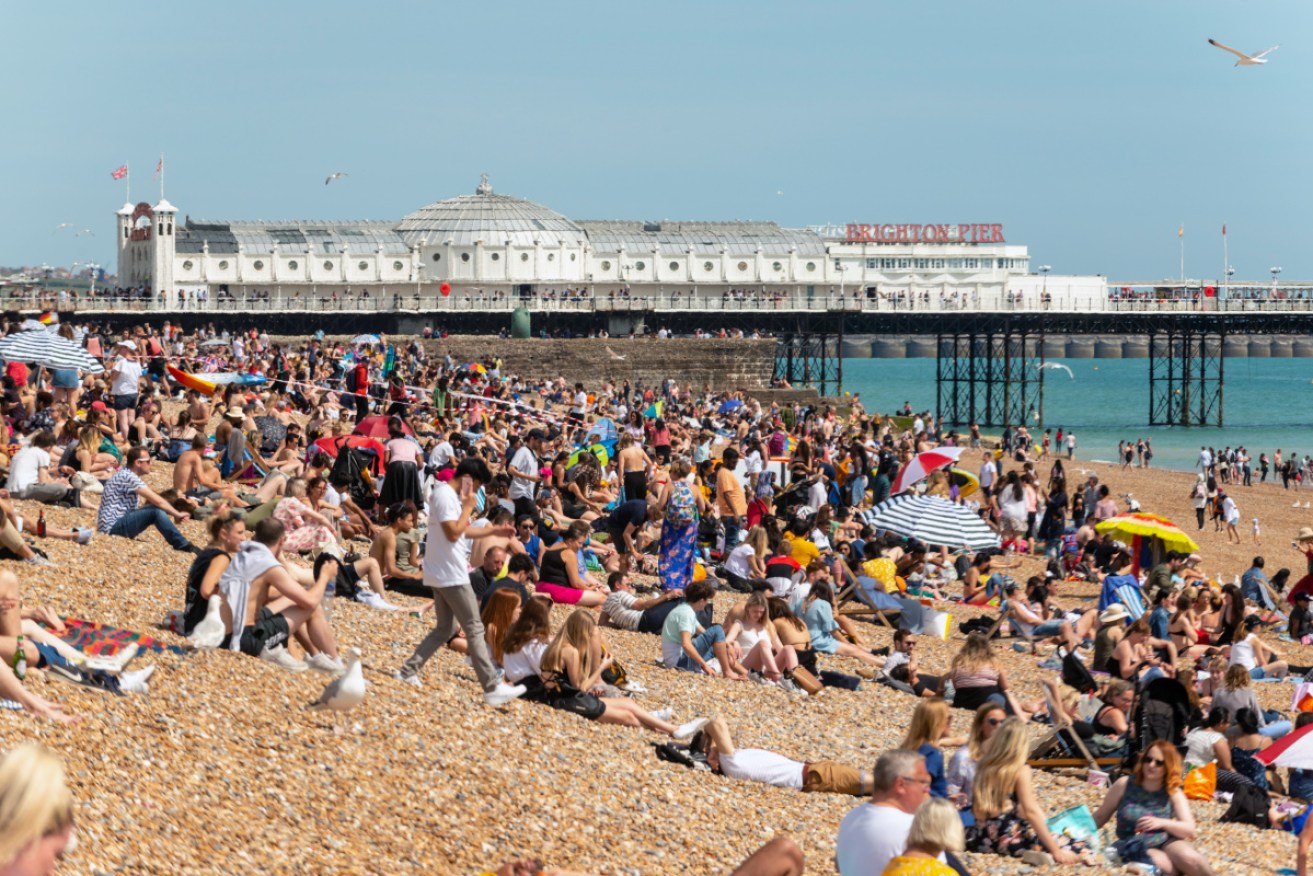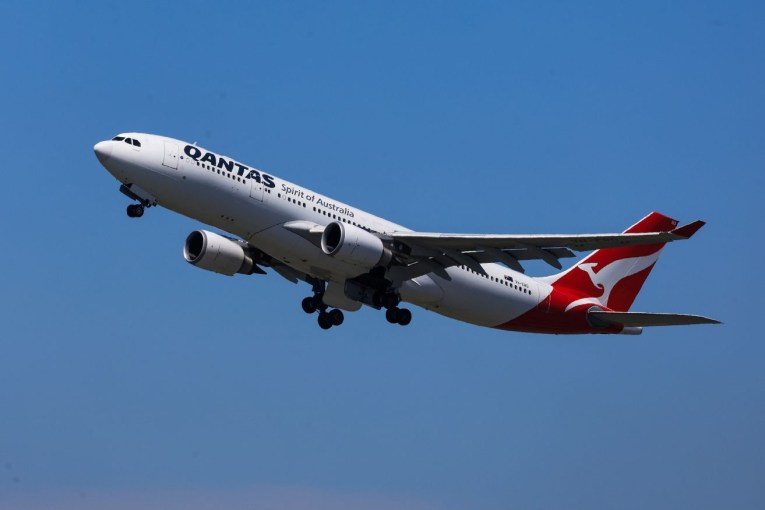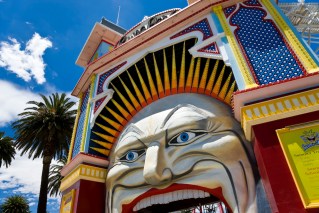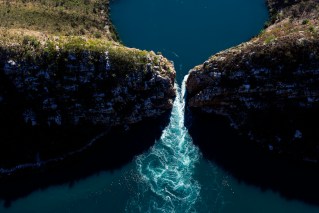Swap these jam-packed holiday spots for their less-crowded cousins


Throngs of tourists can not only ruin a holiday – they can ruin the destination itself. Photo: Getty
The growing affordability of travel coupled with the “Instagram effect” is creating a boom in tourism across the world – but it’s not all good news.
Recently, several tourism meccas have announced crackdowns on visitors in a bid to reduce the strain on infrastructure and keep local residents happy.
In Australia, people will no longer be able to climb Uluru after October 26 this year, after it was agreed in 2017 to close the dangerous and culturally insensitive ascent. As the ban looms, site and surrounding area are now being bombarded with visitors eager to tick it off their bucket lists.
Another of our natural tourism icons, the Great Barrier Reef, was recently found to be the most commonly added location to global travellers’ must-see itineraries. This is driven by its rapid decimation due to climate change.

The Great Barrier Reef is a must-see for many tourists – but that could spell its demise. Photo: Getty
Travel expert Stephanie Yip said the reef was now one of Australia’s most at-risk areas, not just because of climate change impacts, but because it was constantly thronged by tourists.
Ms Yip, of Finder.com, said it was hard to encourage tourists to visit an alternative destination, because the reef is so popular and so “Instagrammable”.
“I feel a stronger stance is education around how tourists should behave to preserve the site, crowd management, and infrastructure that works to protect the site alongside tourism is a more sustainable pathway,” Ms Yip told The New Daily.
A worldwide trend
Across the Tasman, 81 per cent of residents of snow sports mecca Queenstown have voted in favour of a tourism tax, to help the town of 40,000 manage the infrastructure demands of 3.3 million annual visitors.
To our north, sacred deer in Japan’s Nara are dying because of the millions of tourists that visit the former imperial capital. In the space of three months this year, six deer have died from eating plastic rubbish left behind by tourists. Last year, 28 died after being caught in traffic.
Europe has had enough, too. Paris’ Louvre Museum closed to the public for one day last month when staff went on strike over overcrowding. A cruise ship crashed into a dock in Venice as the city’s canals groan from an influx in tourist-laden vessels.
The Belgian capital of Brussels wants to put a cap on the volume of tourists allowed to enter annually after it experienced a year-on-year increase of nearly 1 million extra visitors.
Ms Yip said we’ll see more countries take drastic measures to preserve their natural environments or historical features against the potentially damaging effects of over-tourism.

Boracay in the Philippines shut down for six months as it dealt with the impact of tourism overload. Photo: Getty
Ms Yip said many countries have acted too late, and been forced to close down in order to regenerate, such as Boracay in the Philippines, while Pamukkale in Turkey has restricted access and development sanctions in place.
“The sudden popularity of lesser known sites that don’t have the correct infrastructure or management to support heavy tourism, has also led to quick and unsustainable overcrowding,” she said.
“While some places may be able to recover from increased human interaction, others may not – or at least not over a short period of time. This could lead to us losing a natural or historical wonder completely.”
Swap this for that
One of the big suggestions from tourism insiders is for visitors planning holidays to consider swapping out the go-to spot for somewhere lesser known. It can mean less crowds, less chance of tourist mark-ups, and not contributing to an unmanageable population explosion.
These are Ms Yip’s top suggestions.
Instead of Rome…
Rome is buckling under the weight of over-tourism. Pompeii offers just as much history. Photos: Getty
“The Romans constructed many cities in Italy and around Europe during their empire. Other impressive alternatives include Pompeii in Naples, The Roman Villa in Rabat, Malta, and Volubilis in Morocco.”
Instead of Dubrovnik…
It’s not just winter that’s coming to Dubrovnik. For the same vibes, try Zadar. Photos: Getty
“For a similar vibe to the coastal walled city of Dubrovnik (recently made famous by Game of Thrones) you can head further up Croatia to the sleepier town of Zadar. It too boasts a walled Old Town but is much smaller and less crowded than Dubrovnik. Other alternatives outside of Croatia include Krakow in Poland and Tallinn in Estonia.”
Instead of Angkor Wat…
Angkor Wat was made famous by Tomb Raider but Ayutthaya in Thailand is equally stunning. Photos: Getty
“Asia is riddled with crumbling ancient cities and one of the most impressive complexes aside from Angkor Wat is Ayutthaya in Thailand. It was the capital before Bangkok and comprises of numerous complexes, large and small. For something even less crowded, try My Son in Vietnam. It’s a lot smaller and while not a city complex, features ruined temples that date back to the fourth century.”
Instead of Venice or Amsterdam…
Venice’s canal cities are at risk of bursting, journey to Suzhou in China for a rarer experience. Photos: Getty
“You can find romantic canal cities in almost every corner of the world. In China try Suzhou which impresses with the teahouses and gardens lined along its canals. In Argentina start in Tigre to explore the area’s waterways and wetlands.”
Skip Amsterdam, and see Tigre’s waterways instead. Photos: Getty








